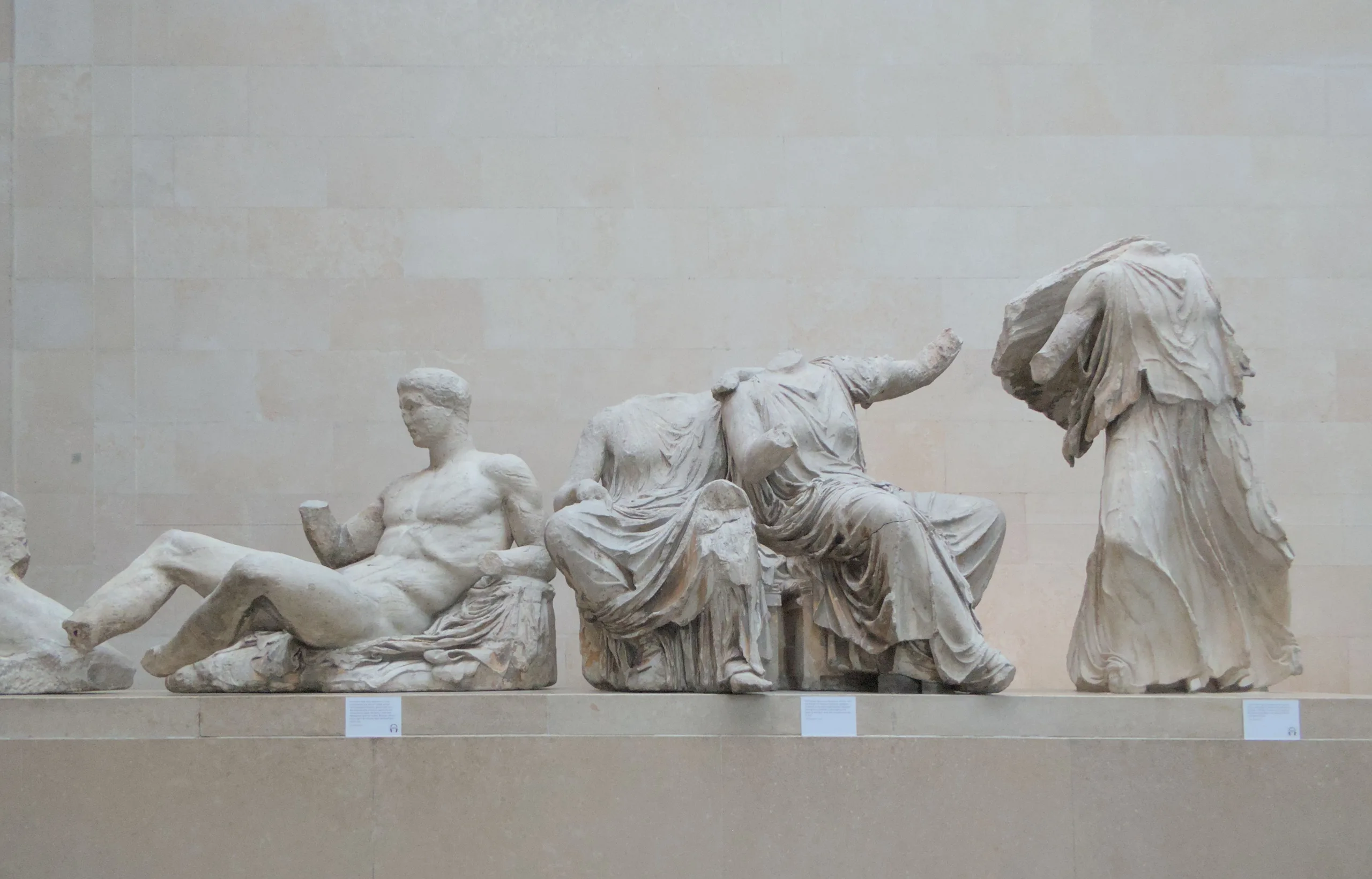The Turkish representative at UNESCO undermined the British claim that Lord Elgin legally purchased the Elgin Marbles from the Ottoman authorities by pointing out that no such document has been found.
Speaking at the 24th Session of UNESCO’s Intergovernmental Committee for the Return of Cultural Property to the Countries of Origin (ICPRCP), Zeynep Boz, Head of the Anti-Smuggling Department in Turkey, Turkey is not aware of an Ottoman document, known as a firman, giving permission to Lord Elgin to acquire the Parthenon Marbles (also known as the Elgin Marbles) in 1816.
She stated, “we are not aware of the existence of a document that legitimises this purchase, which was then made by the British colonialists, so I do not think there is any room to discuss its legality. We wholeheartedly look forward to celebrating the return of the Sculptures, as we believe that it will signal a change in behaviour towards the protection of cultural assets worldwide.”
On behalf of the Greek delegation, the director of the Acropolis Museum, Nikos Stampolidis, said that a firman “is a legal document signed by the Sultan himself while the Italian letter presented here by the British friends is a mere letter.”
Recently, two Turkish researchers searched through the Ottoman state archives to look for any documentary evidence and found none.
Professor Zeynep Aygen, a conservation architect and architectural historian at Fatih Sultan Mehmet University in Istanbul cites, “As [far] as we looked at the Ottoman archives, there is no firman allowing these marbles to be moved.”
“An Ottoman firman has specific signatures and a particular format, and it would never be written in Italian,” she told TRT World.
Some of the most significant parts of the Parthenon Marbles, which include intricate carvings of Greek gods and legendary figures, were moved during the reign of Ottoman Sultan Selim III.
Aygen said she never understood “this ‘firman’ issue,” as Sultan Selim III was deeply interested in heritage and it was unlikely that he would issue an order like this. “There, I saw the so-called ‘firman’ copy for the first time and couldn’t believe my eyes. I immediately asked my colleague Orhan Sakin to examine it, and he shared my opinion that an Ottoman firman could not look like that,” she told TRT World.
A usual British response
Central to the controversy is what the British Museum claims to be an Italian translation of the original firman, the official Ottoman permit. Museum authorities have been unclear about the fate of the original Ottoman document.
The United Kingdom responded by reiterating its stance that Lord Elgin acted with the permission of the Ottoman authorities, supported by the firman granted to him, an Italian translation of which still exists. They also mentioned a second permission concerning the transport of the Parthenon Marbles to England.
The British Museum says that Elgin received a permit, known as a firman, when he transported about half of the sculptures to Britain. For decades, British officials have used this as the official defence for claiming ownership of the artefacts.
The latest research into these controversial marble sculptures seems to diminish the claims of the UK. However, it is interesting to see the UK still hold on to archaic legislations and ambiguous provenance documents as the world moves towards inclusivity and restitution of heritage.
